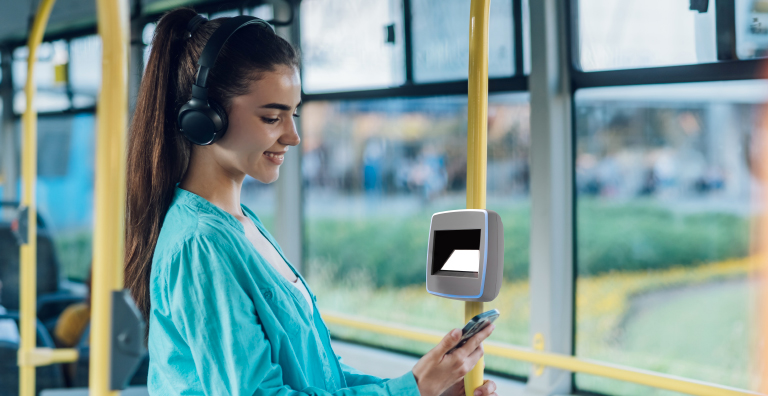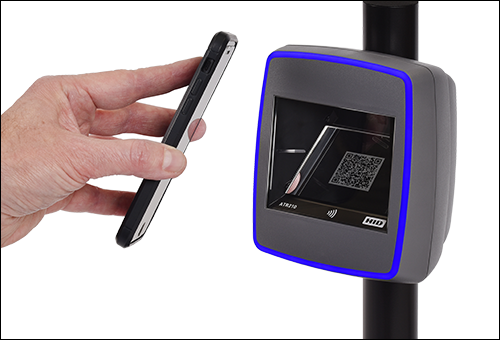Evolution of the Ticketing System
Over the past decade, the public transportation sector has seen the evolution of the ticketing system from traditional paper and magstripe ticketing to smart technologies where a plethora of acronyms like RFID, NFC, LTE, EMV and QR code are now part of the vocabulary.
The ticket medium has dramatically transformed from simple evidence of a right to travel to a broad spectrum of devices such as smartphones, wearables, secure RFID tokens and bank cards. Passengers can enjoy the convenience of simply waving their preferred medium alongside the ticket reader to validate their journeys.
The Challenge
As a public transit system’s primary role is to provide a public service for all demographics, the need exists to support technologies that cater to a variety of users whether or not they are technophiles, unbanked, or prefer to remain anonymous in the system.
To fulfill this, ticket readers can often be found with different presentation points for RFID reception, QR/barcode scanning or payment. Usability as a result is compromised as passengers struggle to comprehend where or how to validate their travel tickets.
These disruptions in the ticket reading process not only slow down the boarding process and affect the bus schedules but also degrade the ease and satisfaction of using the service.
Usability Starts From the Product Design
HID understands these pain points and strives for usability as the compass in its product design. This can be evidenced in the HID TripTick™ Halo product with its single point of presentation to which the passenger has a window to simply present any of the mediums: from optically scanning a printed barcode ticket or a virtual barcode on a smartphone screen, to NFC ticketing on smart wearables.
On public transit systems that support an open loop payment system, passengers could board the bus and wave their Visa, Mastercard or other payment cards at the same window to pay for their journey. The multicolor “halo” ring of LED lights will provide transaction feedback.
Operational Efficiency and Ridership
Having an intuitive user interface promotes a steady, rapid passenger boarding flow which improves the operational efficiency and enables punctual schedules for the operator. For the passengers, it provides a pleasant experience, thereby supporting increased take-up in ridership in the public transit system.
Conclusion
Adoption of any technology will have a greater chance of success when usability has been a key part of the design consideration. As transportation ticketing technology progresses with more exciting capabilities like facial biometrics, mobile credentials and wireless connectivity, the goal is to harness these technologies to solve real-world problems with a seamless and elegant approach.
Additional Resources:

